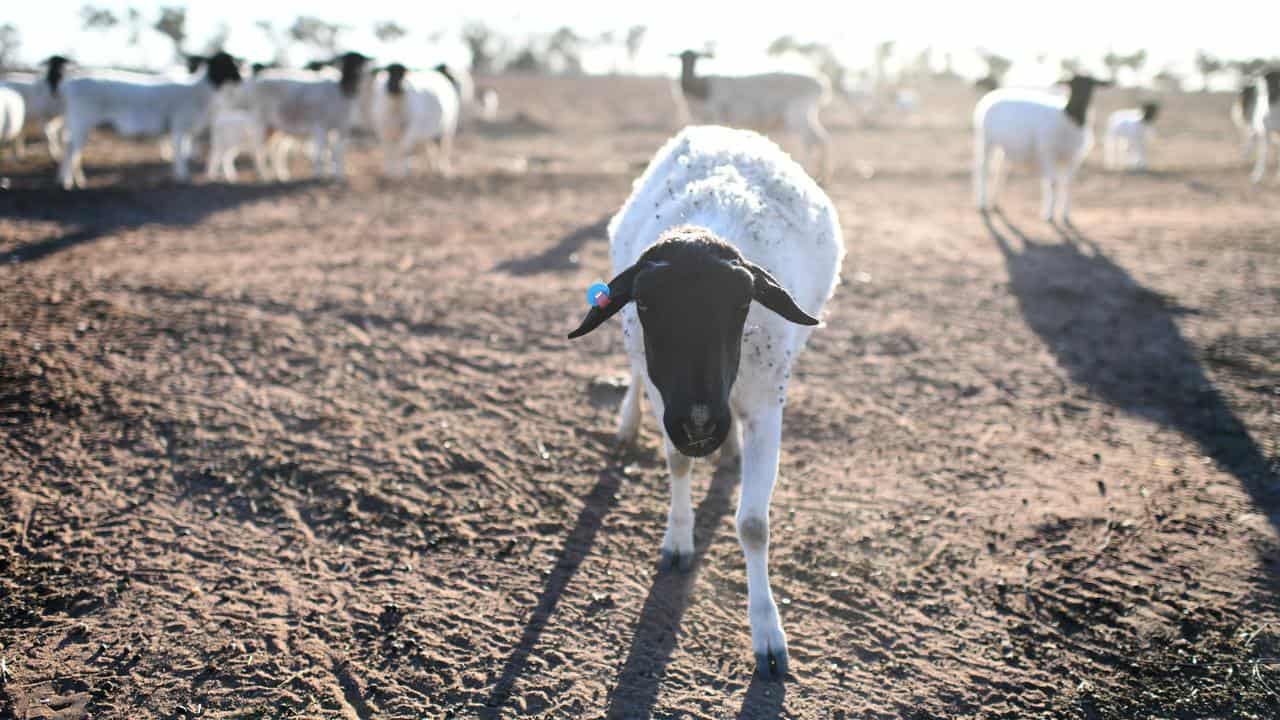
Australian farmland is more tightly held than it has been for a generation and prospective buyers are carefully reassessing purchasing decisions, according to a new report.
The Rural Bank Australian Farmland Values Report is the longest-running analysis of the farmland market in Australia and has tracked every sale annually for almost three decades.
The report found the number of farmland transactions was down to its lowest level in 28 years, while sales were 40 per cent lower than a year earlier.
“Farmland transaction volumes are the lowest in a generation as potential vendors sit tight and more caution is exercised by purchasers weighing up their options," Greg Kuchel from Rural Bank said.
Mr Kuchel said there has been a drop in demand for grazing properties with the price of sheep and cattle falling, although demand remains high for good cropping land following strong results.
“While the overall national trend was a lack of growth in land values, median price growth in cropping regions generally kept pace with recent years as demand was sustained into early 2023 following another strong winter crop in 2022, with median values increasing in SA, Western Australia and NSW."
The median price of farmland in the first half of 2023 was only 0.1 per cent higher compared with a year earlier but a state-by-state breakdown tells a different story.
Western Australia, New South Wales and South Australia had the strongest year-on-year growth in the first half of 2023, with prices in the West and NSW increasing by around 15 per cent. SA recorded a bump of around 13 per cent.
While the median price in Tasmania fell by almost a quarter, the drop-off was largely confined to the northern region.
Mr Kuchel says the result is a combination of falling commodity prices, drier forecast conditions and the prevailing view that interest rates may hold around current levels.


